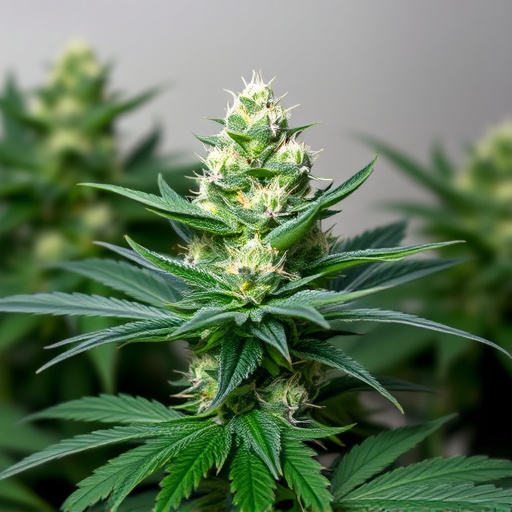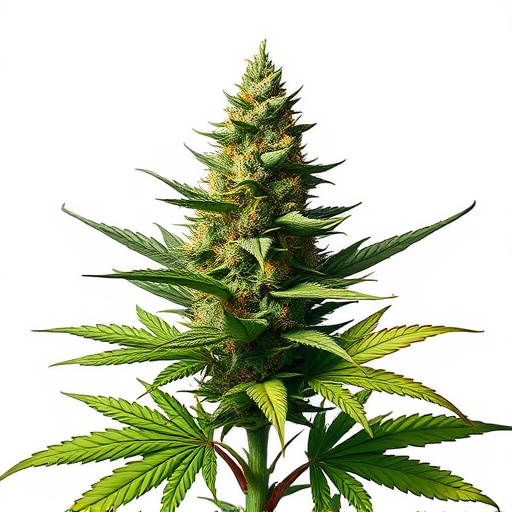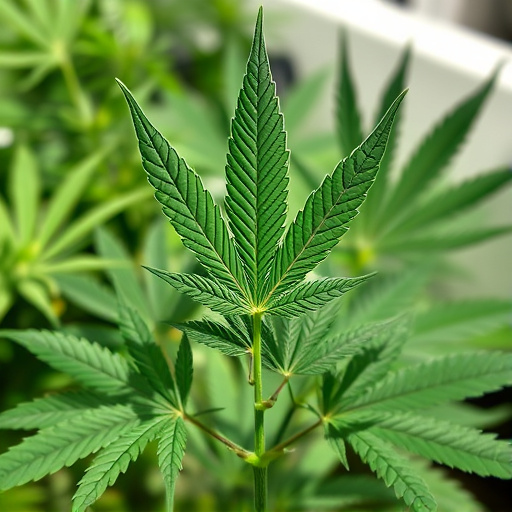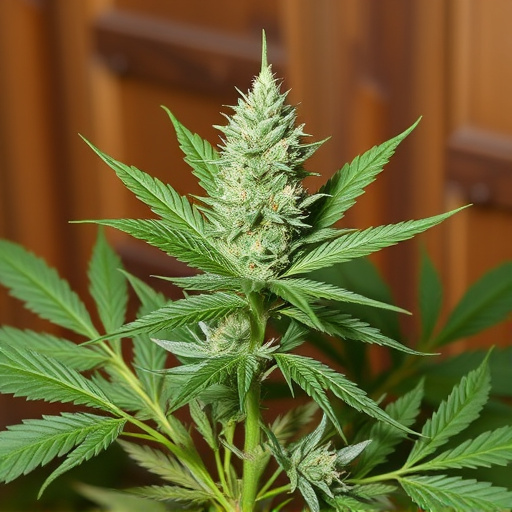Drug testing for detecting original strains of cannabis has evolved from traditional urinalysis targeting THC to advanced technologies like GC-MS, which can identify trace amounts of cannabinoids and other chemical markers. Detection windows vary widely based on use frequency, consumption method, and metabolism, from days to months. While modern tests have improved, they still face challenges in accurately identifying diverse original strains; emerging technologies are analyzing terpene profiles and flavonoids for more precise identification, benefiting both users and medical professionals with reliable data on specific cannabis effects.
Weed, or cannabis, can still show up in drug tests even after consumption. This article delves into the science behind how cannabis metabolites are detected, exploring modern testing methods and their capabilities to identify original strains. Understanding the metabolism of cannabis is crucial for navigating these tests, as detection windows vary significantly. We’ll break down how laboratories identify specific compounds, offering insights into the accuracy and limitations of drug tests when it comes to detecting the original strains of cannabis.
- Understanding Drug Testing Methods
- The Metabolism of Cannabis and Its Detection Windows
- Detecting Original Strains in Modern Drug Tests
Understanding Drug Testing Methods
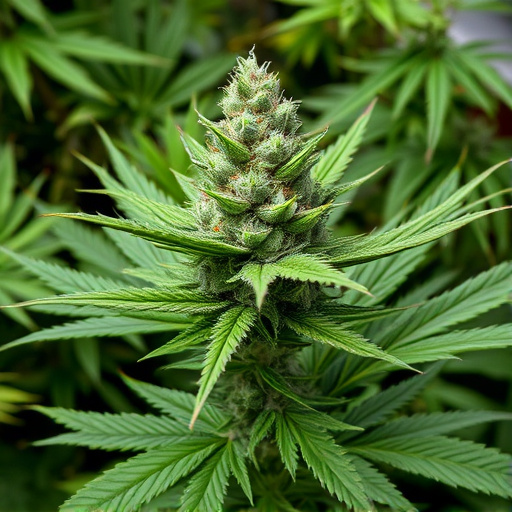
Drug testing methods have evolved over the years, but understanding how they work is crucial when discussing the detection of substances like weed (or cannabis). Traditional drug tests primarily rely on urinalysis, where a sample is analyzed for the presence of specific metabolites. These tests often target THC (tetrahydrocannabinol), the primary psychoactive compound in original strains of cannabis, and its breakdown products. However, modern testing techniques have become more sophisticated, employing advanced technologies like gas chromatography-mass spectrometry (GC-MS) to identify even trace amounts of cannabinoids.
The sensitivity and specificity of these methods are essential considerations. While some tests can detect THC for several days or weeks after consumption, the duration varies based on factors like frequency of use, metabolism, and test type. This is particularly relevant when discussing legal implications, as many countries have specific laws regarding trace amounts of cannabis in one’s system. Therefore, knowing how and why weed shows up in drug tests is paramount, especially with the growing acceptance and research into medical and recreational cannabis use worldwide.
The Metabolism of Cannabis and Its Detection Windows
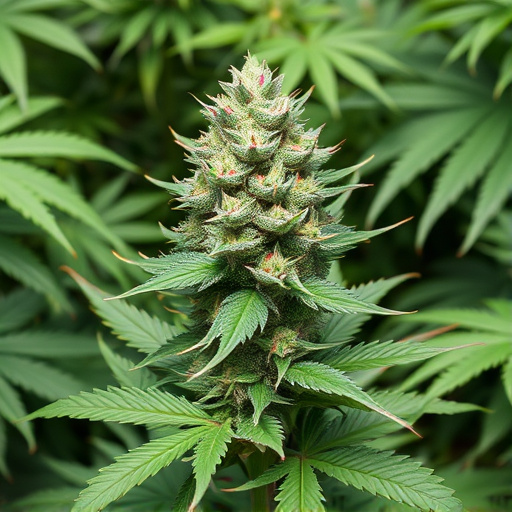
The metabolism of cannabis involves a complex process where compounds like THC (tetrahydrocannabinol), the primary psychoactive component, undergo transformation in the body after consumption. When an individual uses original strains of cannabis, these compounds enter the bloodstream through the lungs or digestive system, marking the beginning of their journey. The liver plays a pivotal role by metabolizing THC into 11-hydroxy-THC (11-OH-THC), which is even more potent and has a longer half-life, making its detection more challenging. This transformation highlights the intricate ways cannabis interacts with our physiological systems.
The detection window for cannabis in drug tests varies based on factors like frequency of use, method of consumption, and individual metabolism. Urine tests, commonly used for workplace screenings, typically detect THC metabolites for up to 30 days after recent use. Hair follicle tests, considered more comprehensive, can identify traces of cannabis for months, providing a longer historical record. Understanding these detection windows is crucial when considering the potential consequences of cannabis use in various settings, particularly in regulated or prohibited environments.
Detecting Original Strains in Modern Drug Tests

Modern drug tests have evolved significantly, but detecting the original strains of cannabis remains a challenge. Traditional testing methods often focus on identifying specific cannabinoids like THC and CBD, which while useful, don’t capture the full complexity of different cannabis varieties. As a result, newer technologies are being developed to analyze terpene profiles, flavonoids, and other unique chemical markers present in each strain.
These advancements allow for more precise identification, distinguishing between various original strains of cannabis. By examining these intricate chemical signatures, researchers can better understand the effects and potential medical benefits associated with specific strains. This shift towards comprehensive testing enables more accurate results, ensuring that both users and medical professionals have access to reliable information about the cannabis they’re using or prescribing.
Modern drug tests, while highly advanced, face a unique challenge when it comes to detecting the original strains of cannabis. As our understanding of cannabis metabolism deepens, testing methods must evolve to keep pace with the diverse and ever-changing landscape of this plant. Staying informed about the detection windows and advancements in testing technology is crucial for both individuals navigating drug tests and professionals seeking accurate results. By staying abreast of these developments, we can ensure more precise and fair assessments while recognizing the complex nature of cannabis detection.





